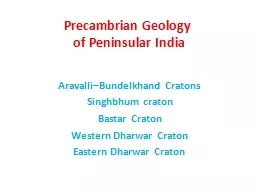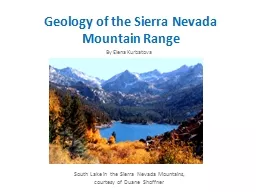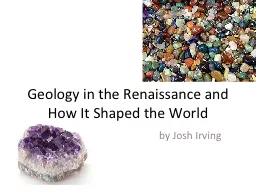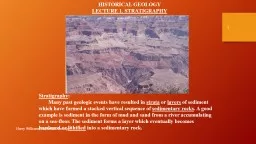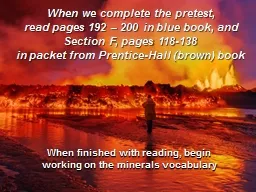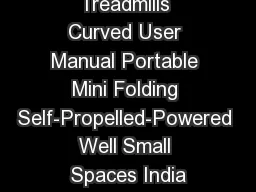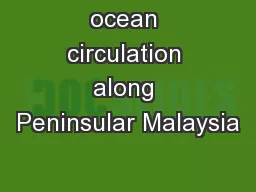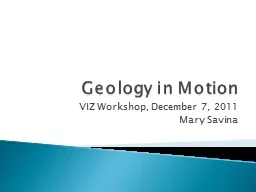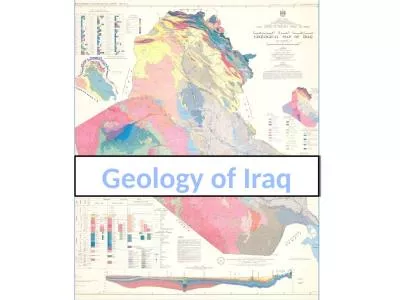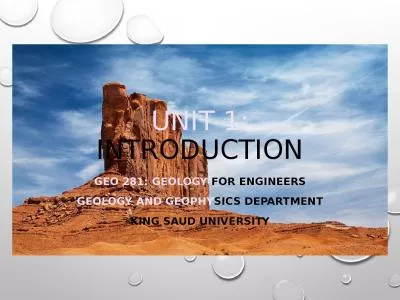PPT-Precambrian Geology of Peninsular India
Author : Dollface | Published Date : 2022-08-04
AravalliBundelkhand Cratons Singhbhum craton Bastar Craton Western Dharwar Craton Eastern Dharwar Craton CRATON SHIELD Any Difference AravalliBundelkhnad
Presentation Embed Code
Download Presentation
Download Presentation The PPT/PDF document "Precambrian Geology of Peninsular India" is the property of its rightful owner. Permission is granted to download and print the materials on this website for personal, non-commercial use only, and to display it on your personal computer provided you do not modify the materials and that you retain all copyright notices contained in the materials. By downloading content from our website, you accept the terms of this agreement.
Precambrian Geology of Peninsular India: Transcript
Download Rules Of Document
"Precambrian Geology of Peninsular India"The content belongs to its owner. You may download and print it for personal use, without modification, and keep all copyright notices. By downloading, you agree to these terms.
Related Documents

